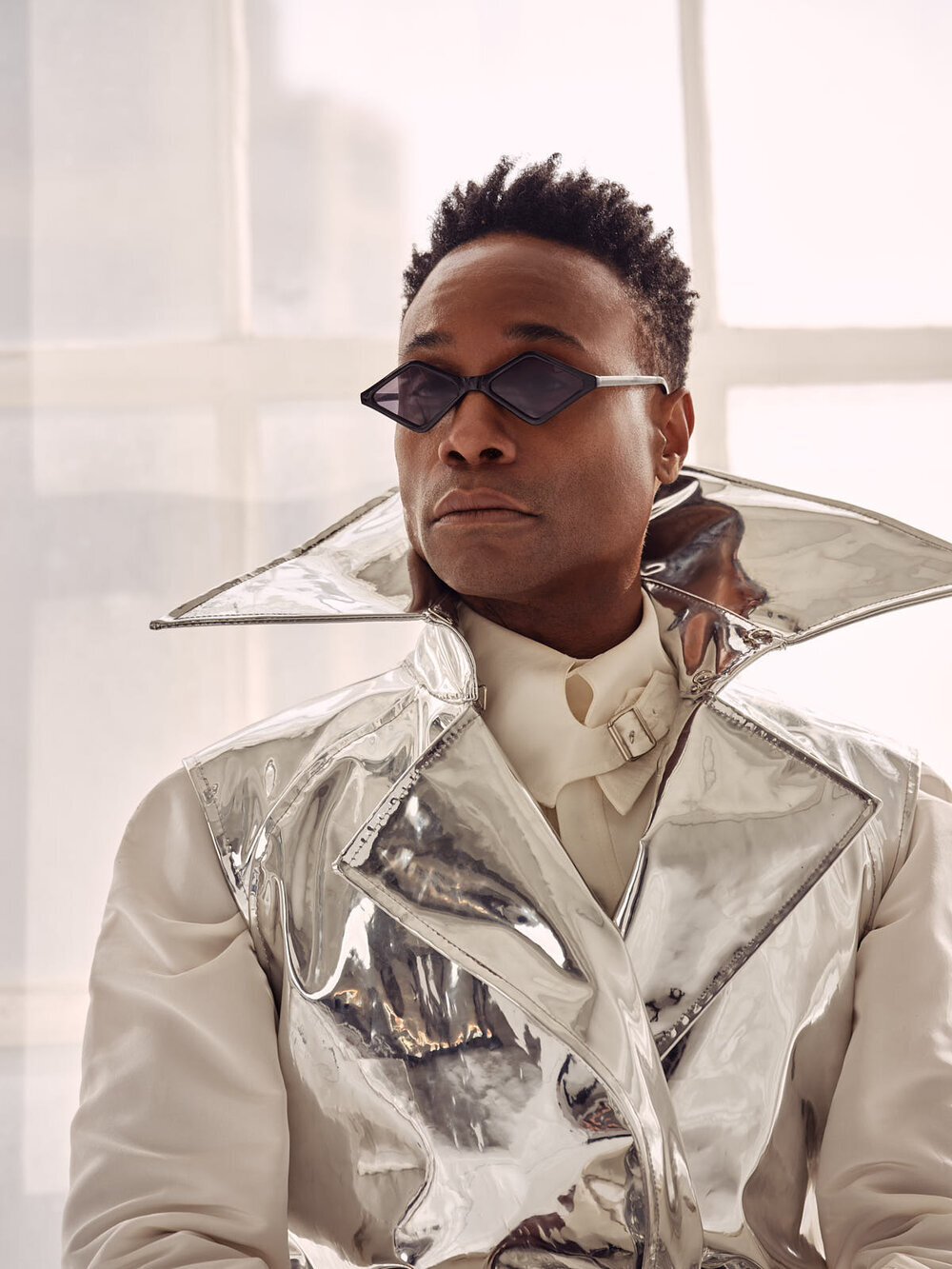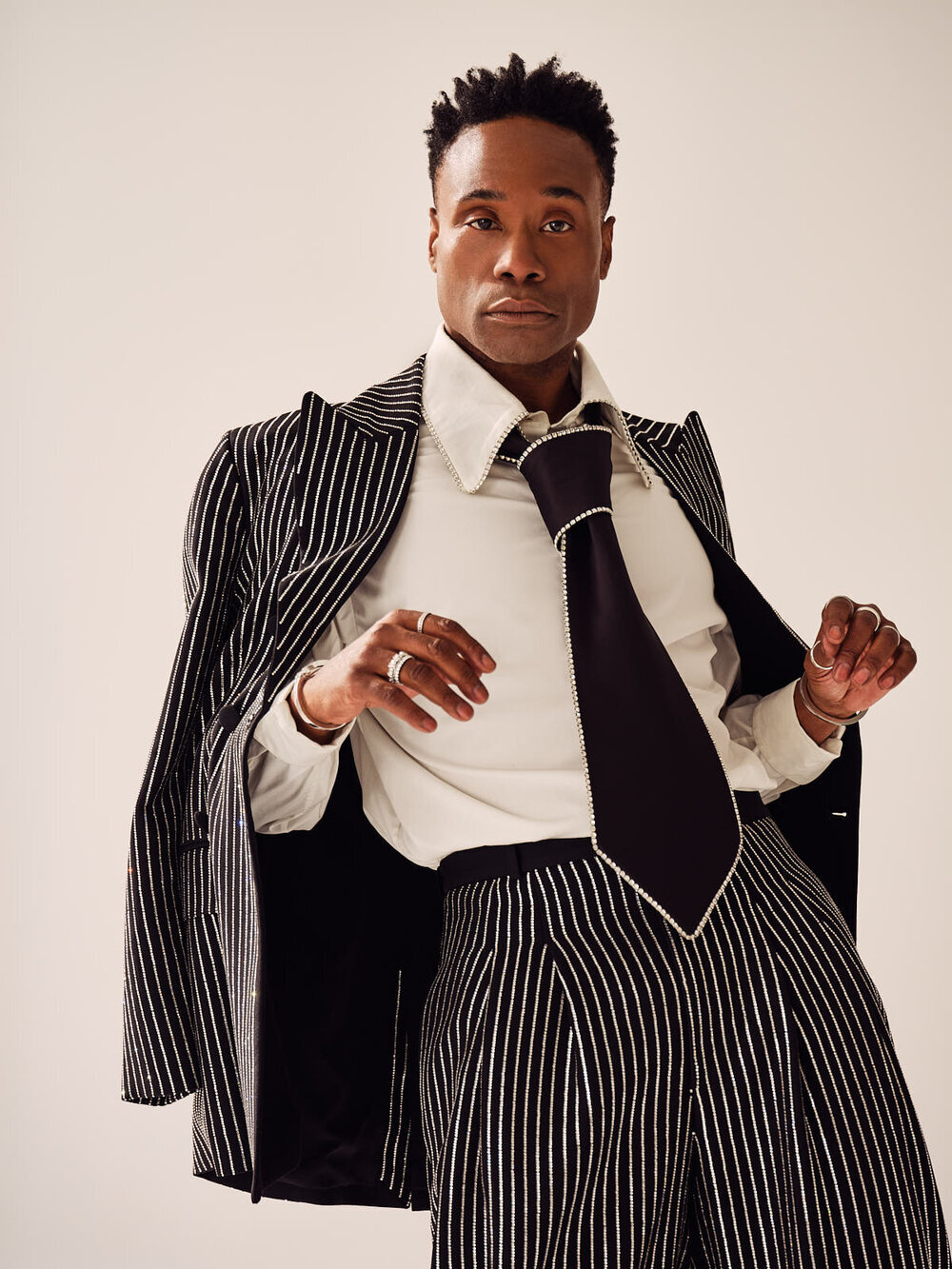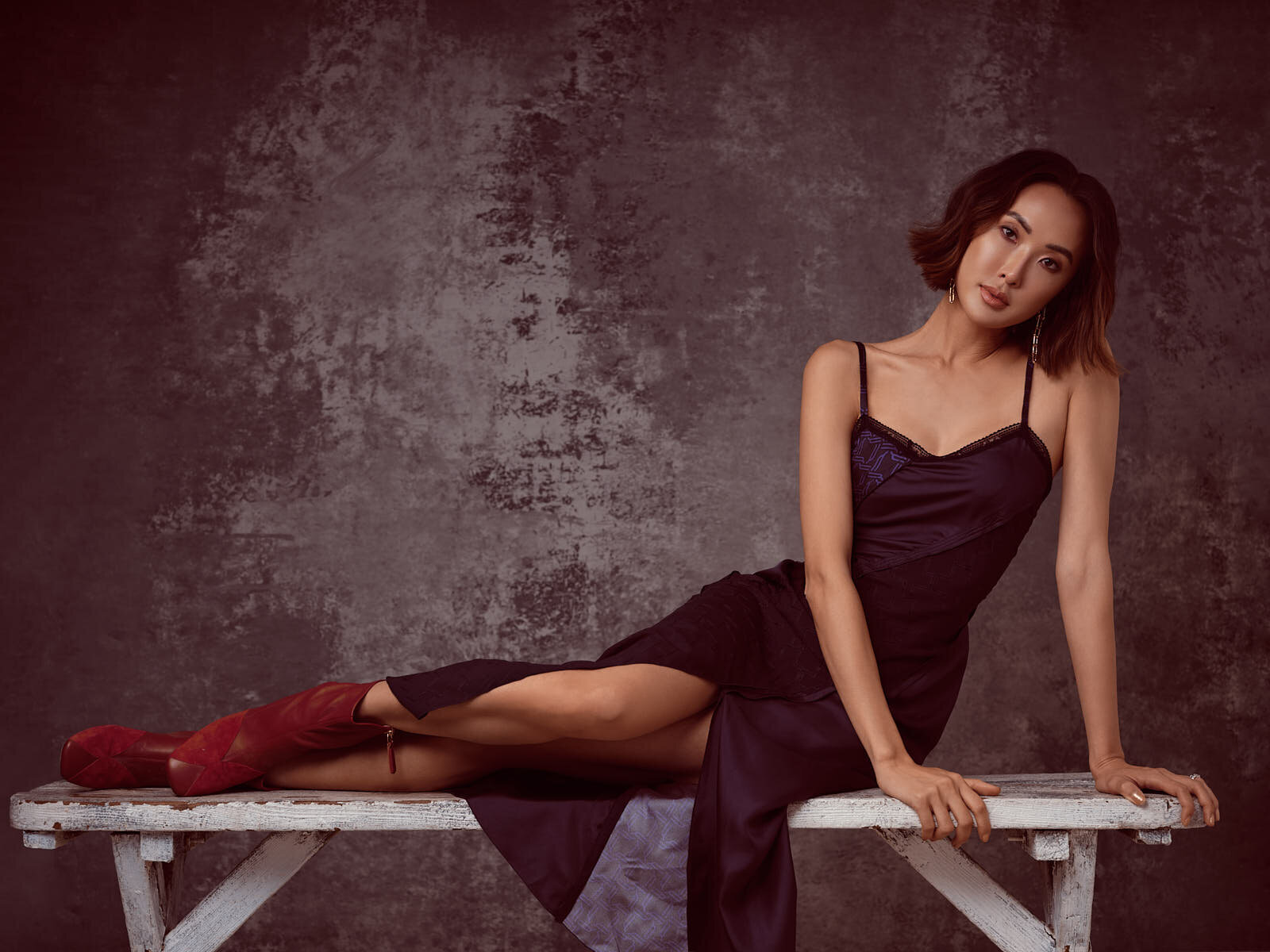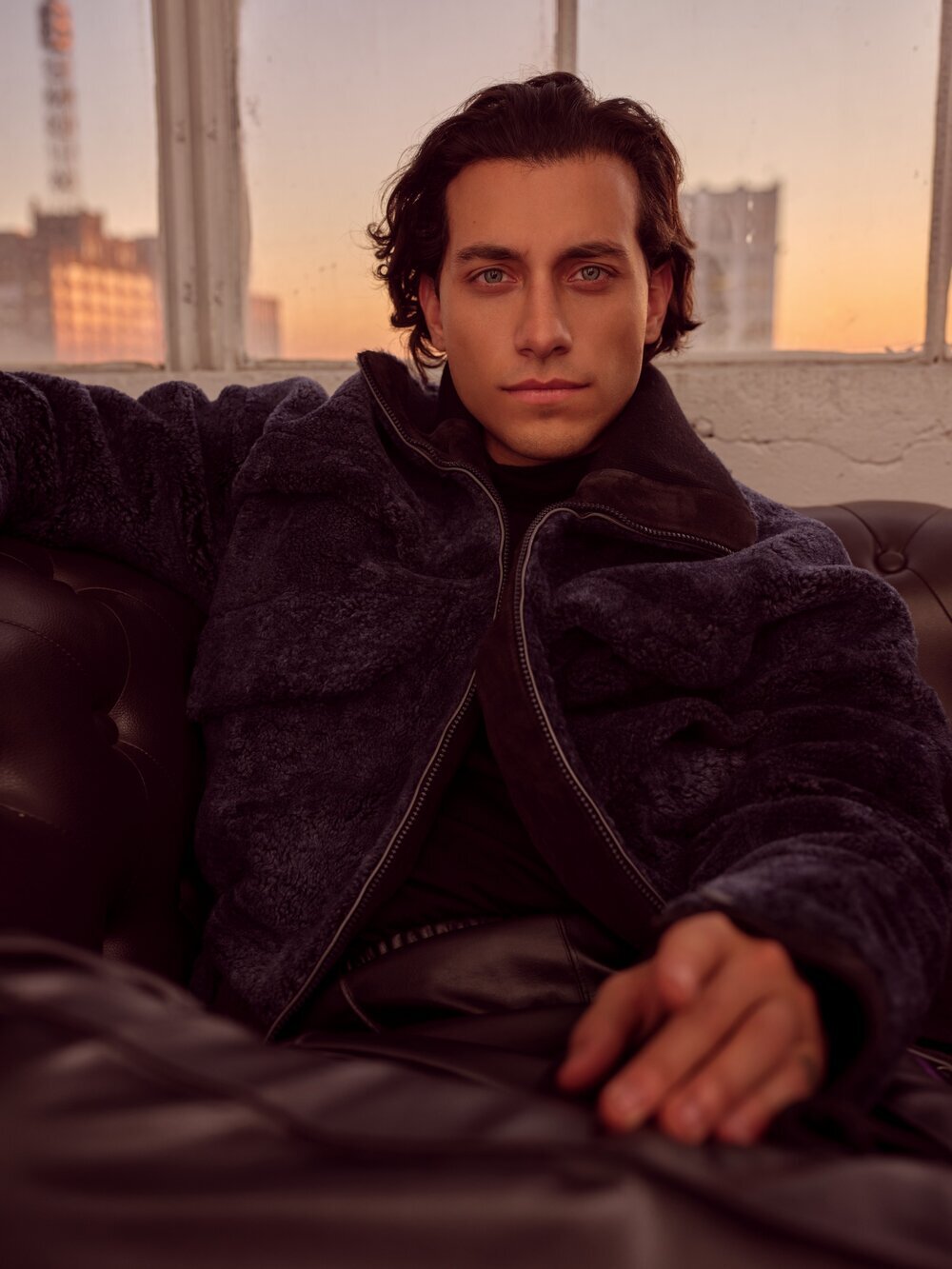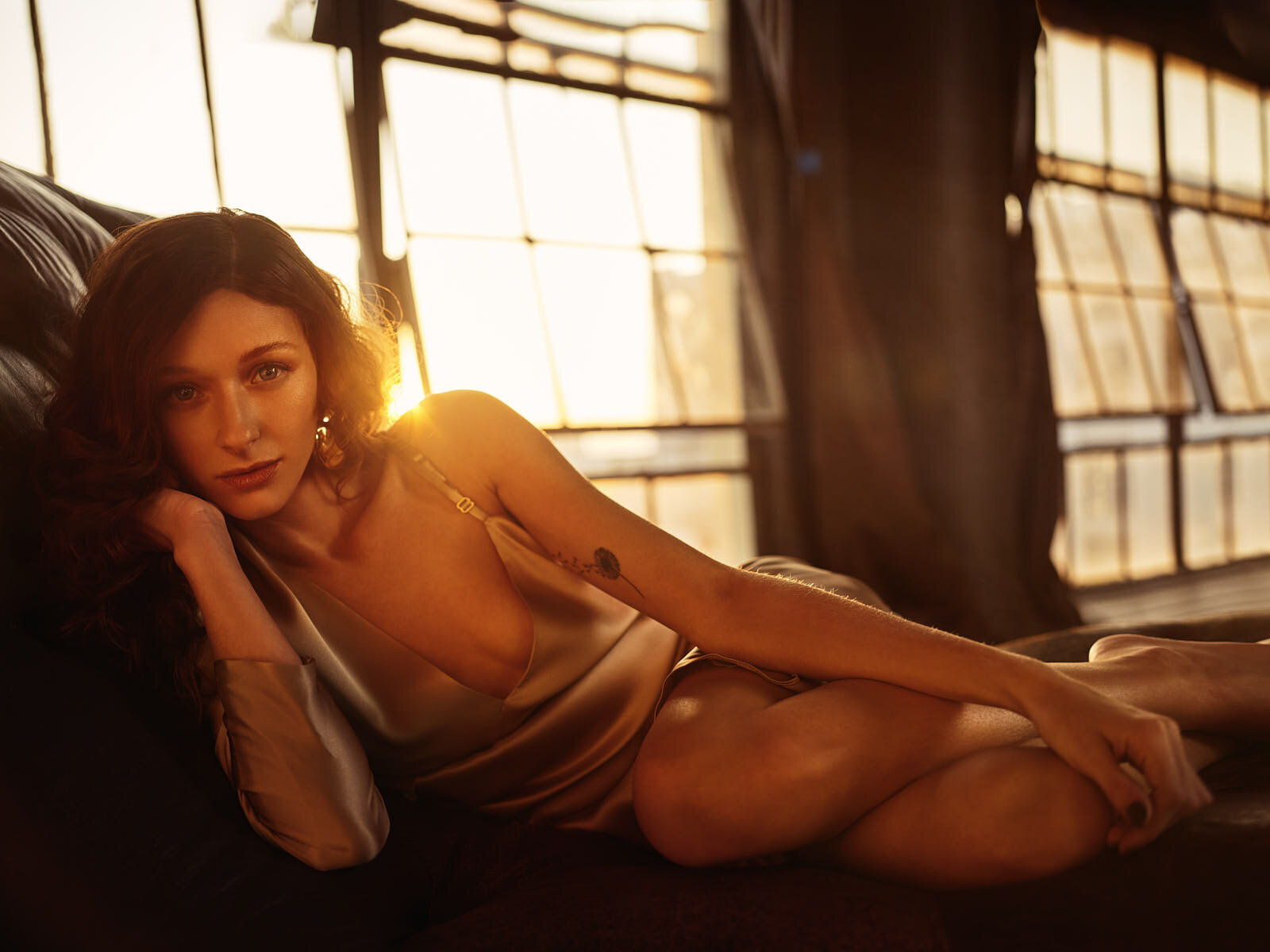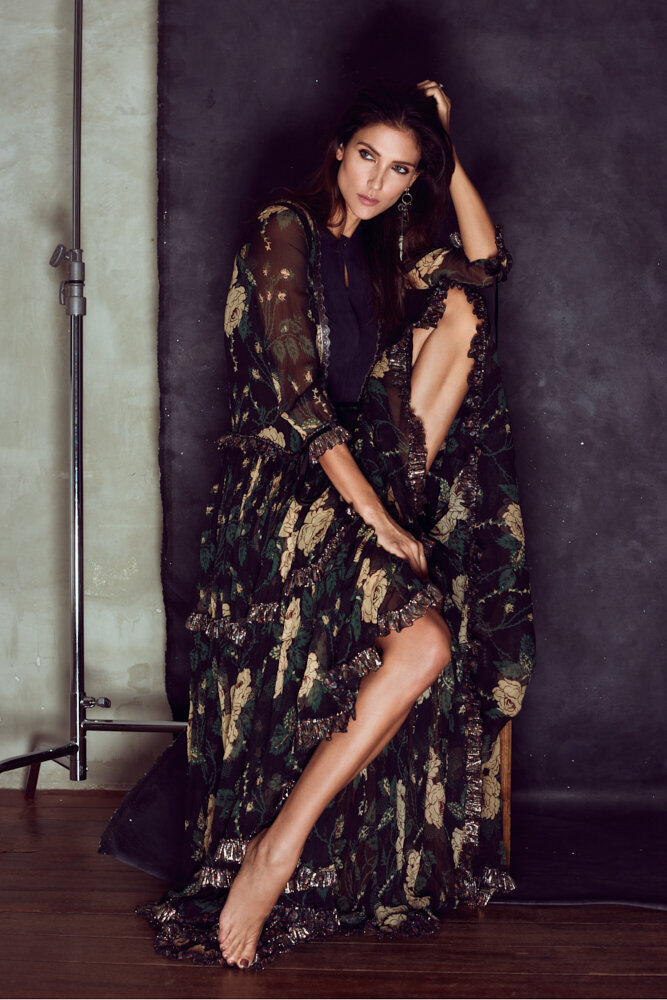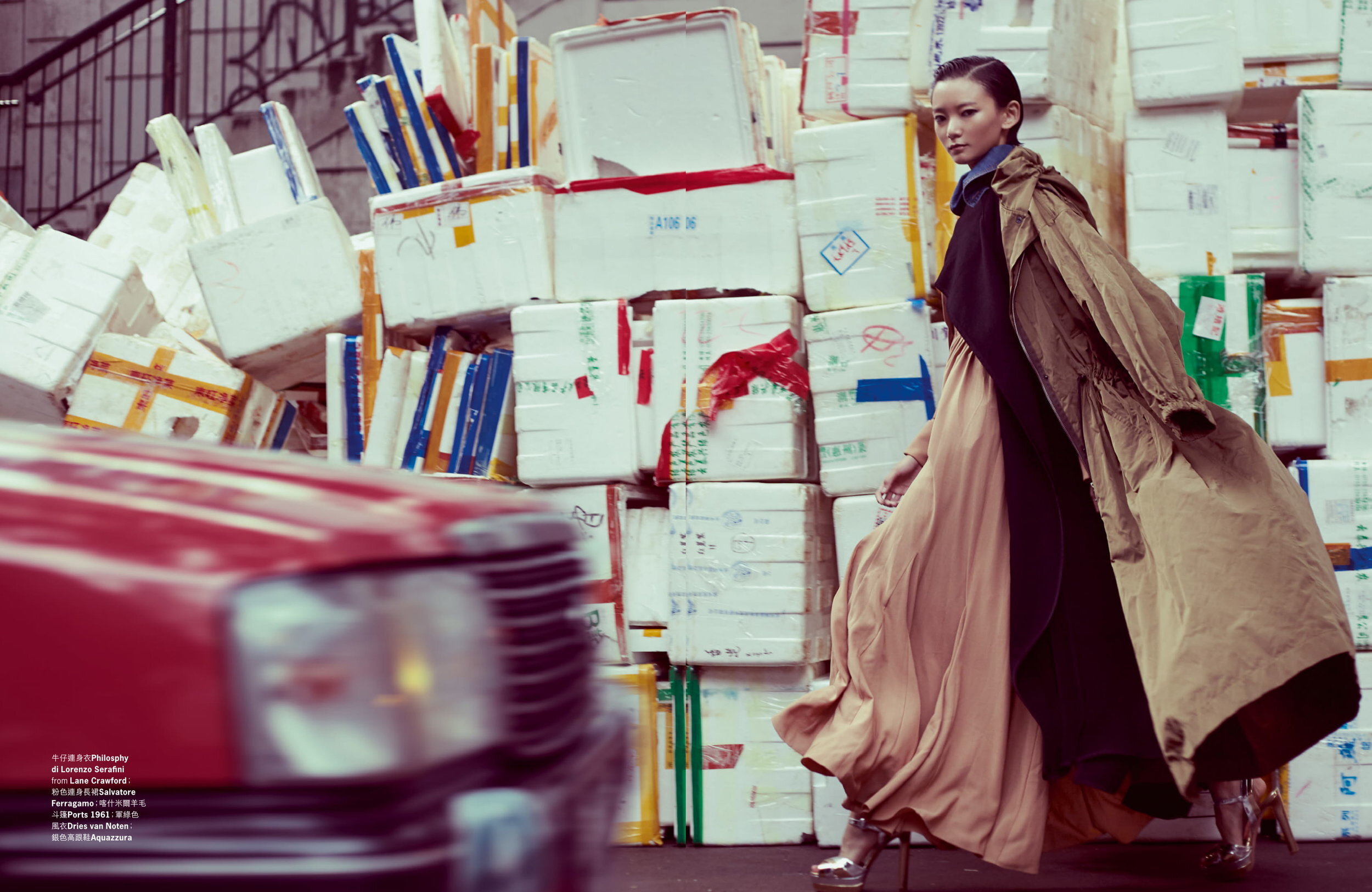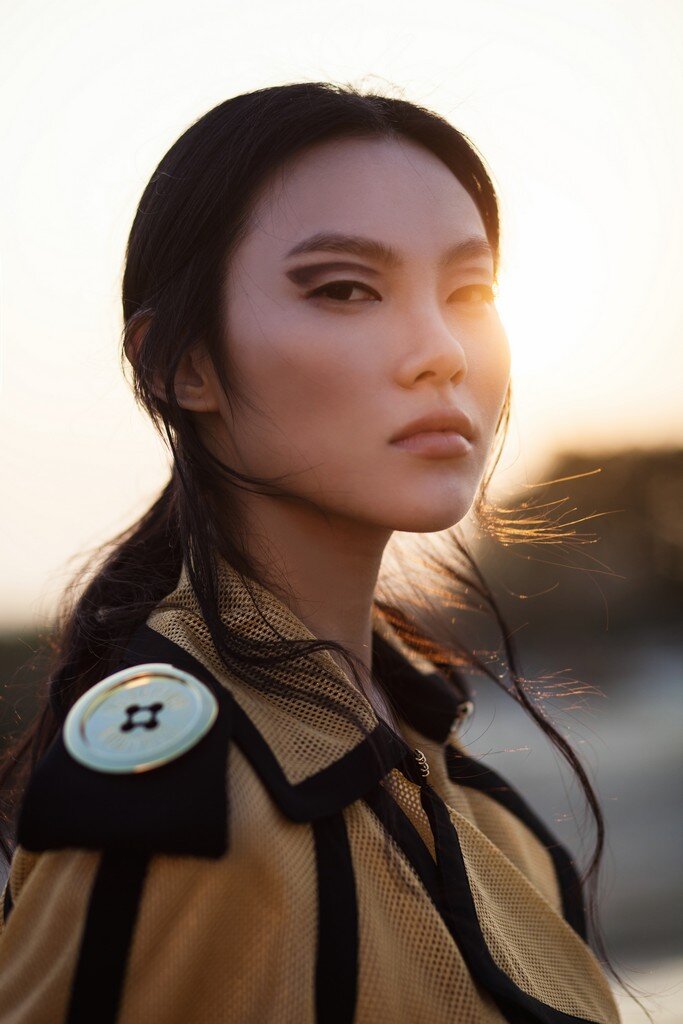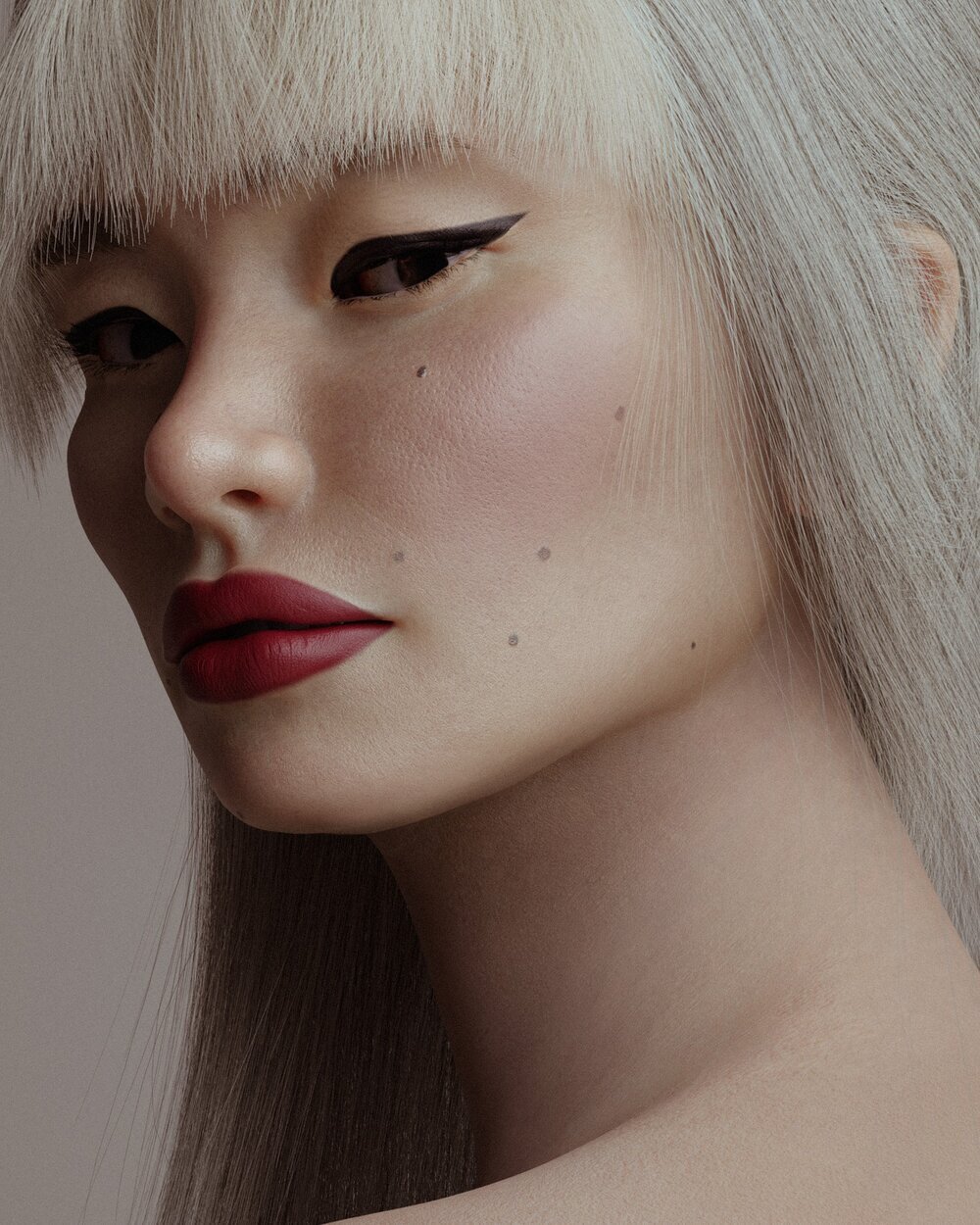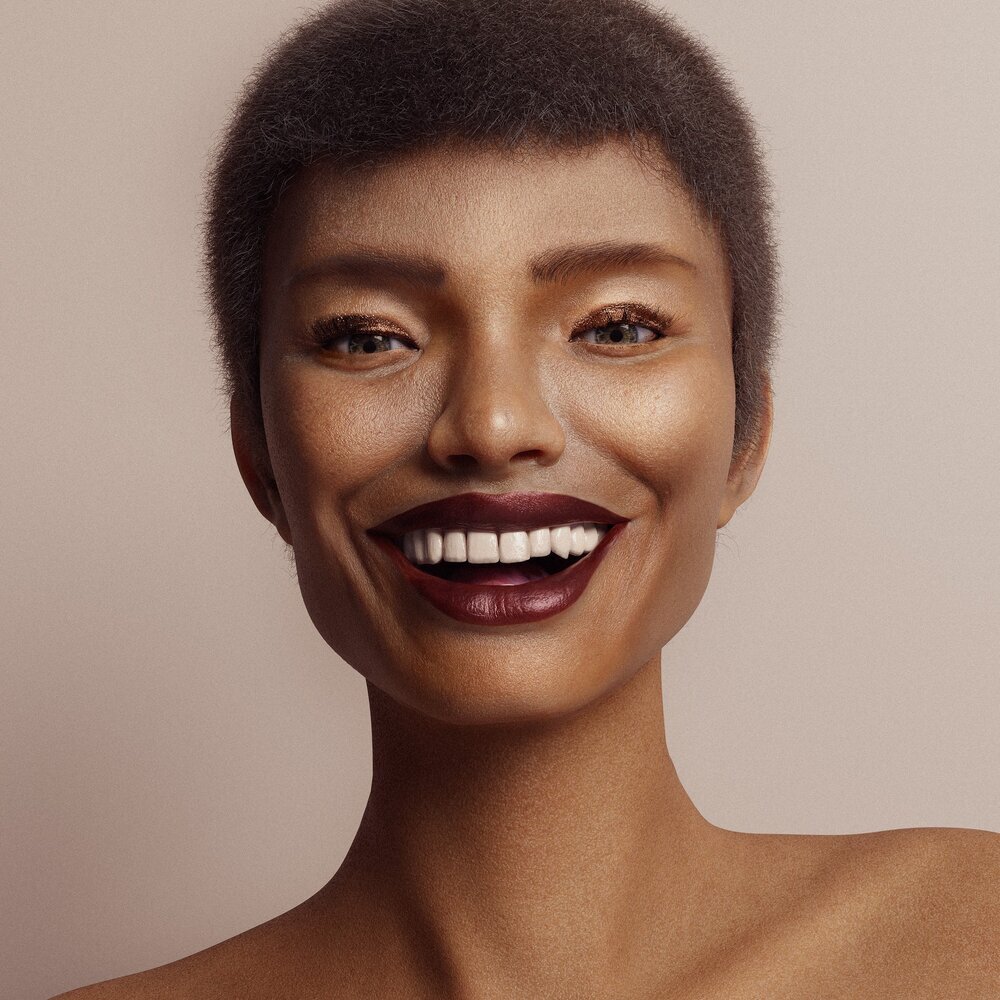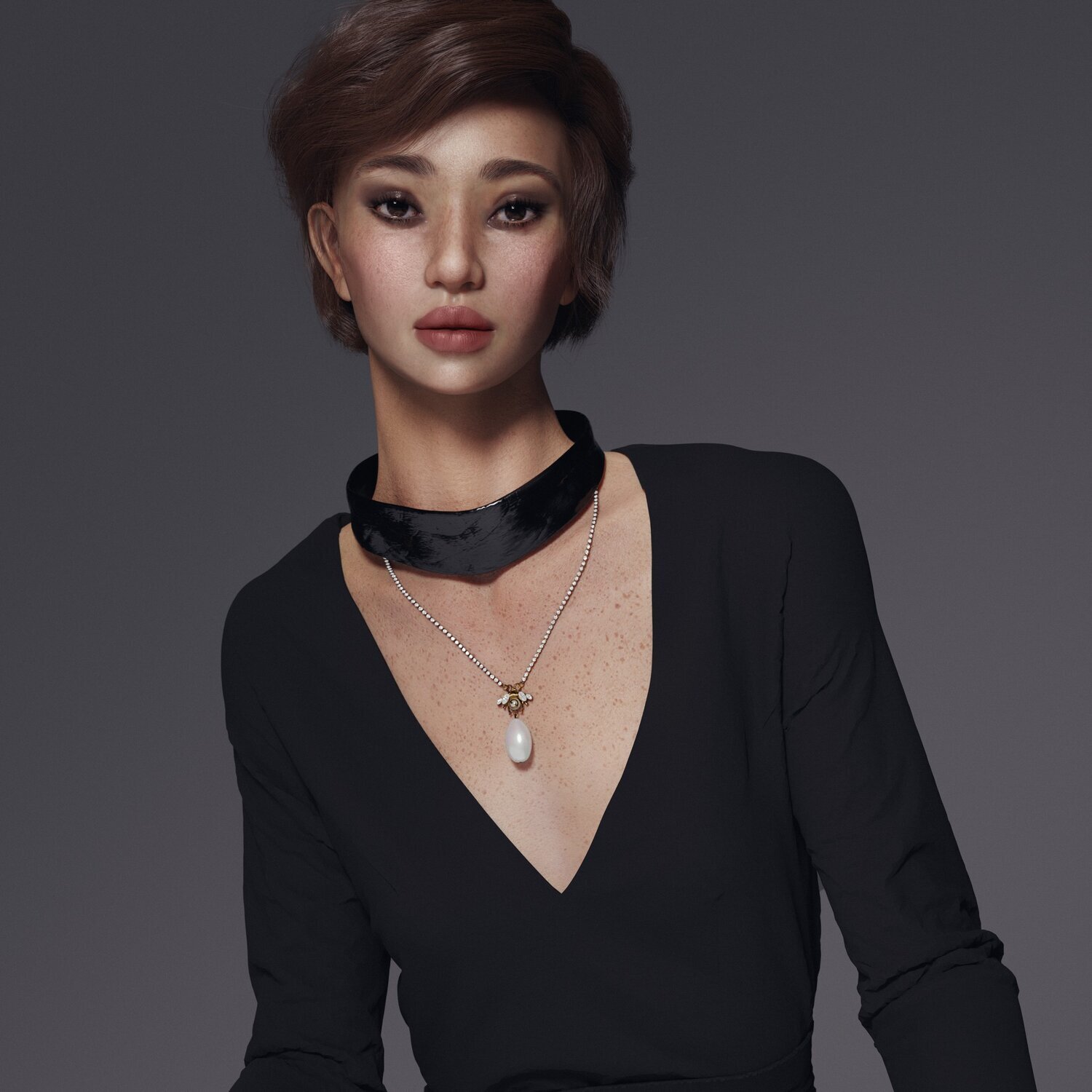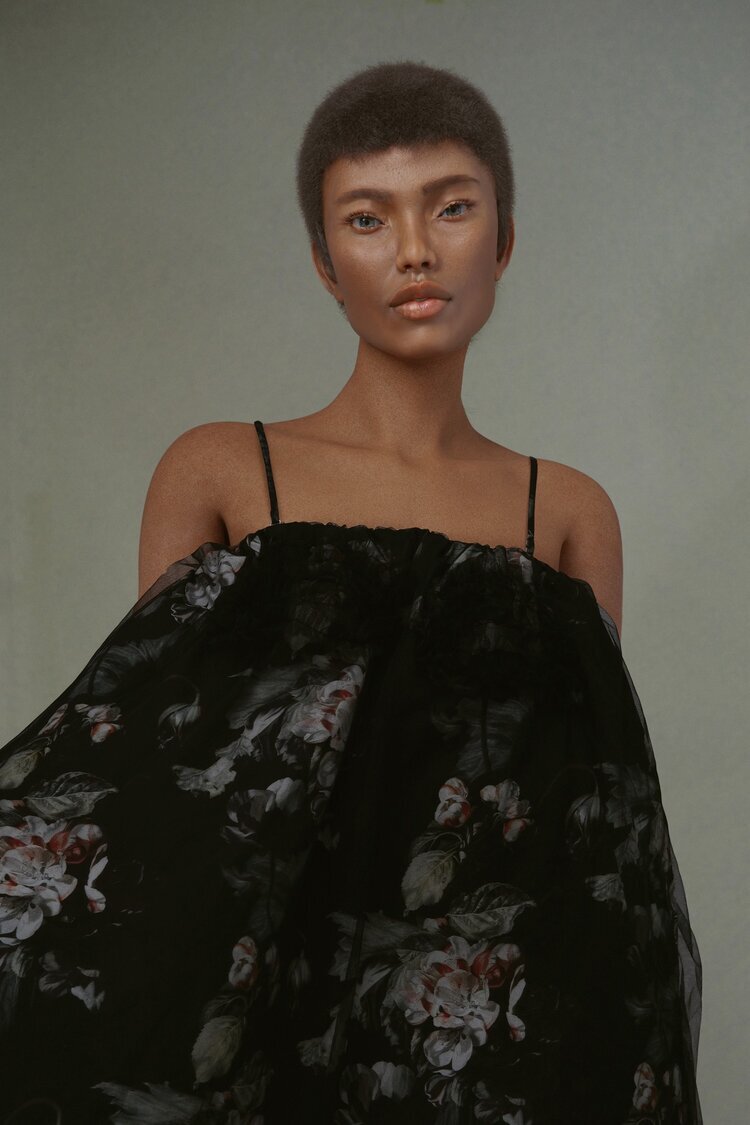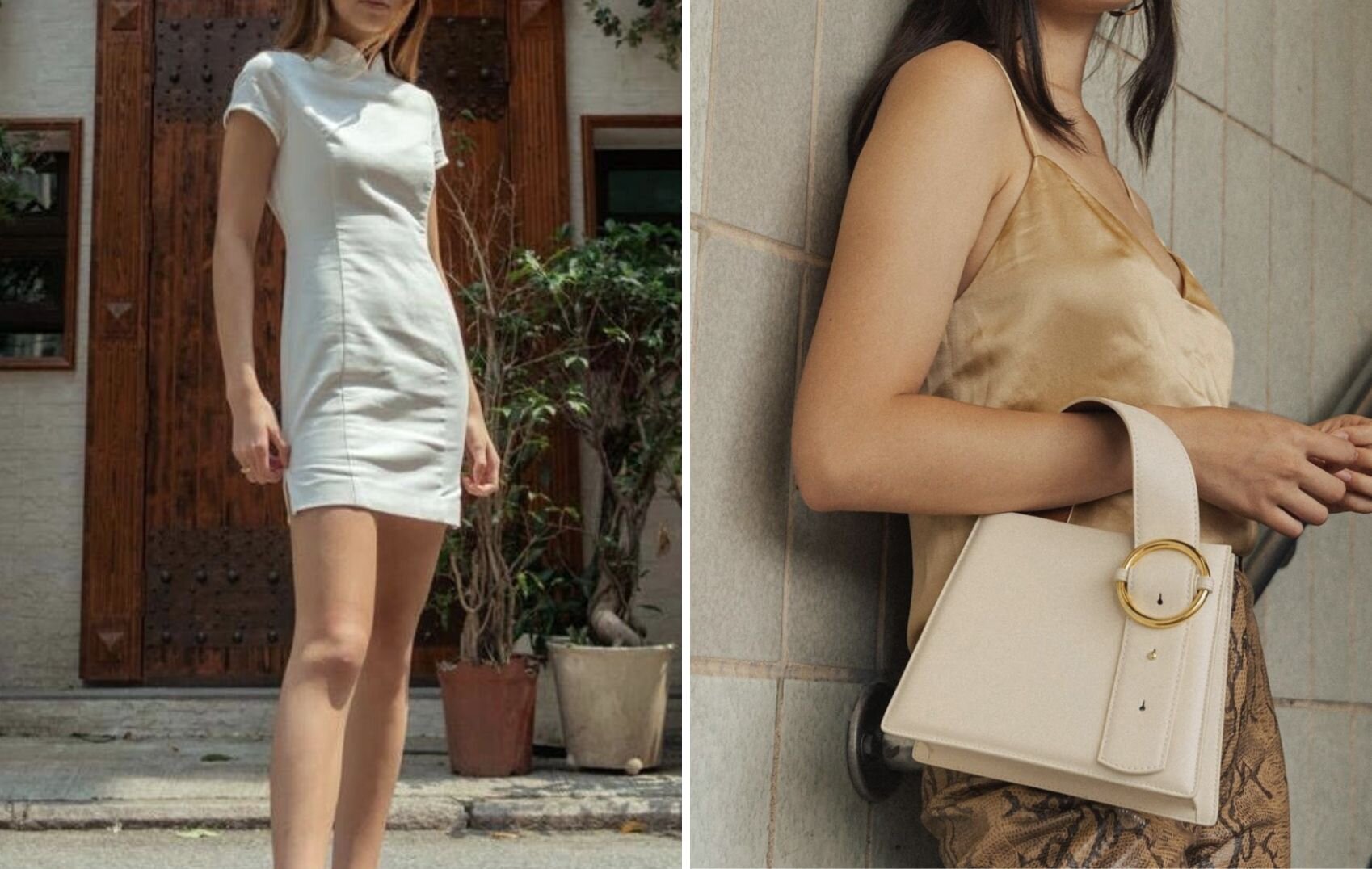The ALIA
Volume I. Issue II. Aug. 11, 2020.
Dear Readers,
Welcome to the second issue of The ALIA, a weekly newsletter dedicated to the lives of Asian women in America, and beyond, where we bring you the latest news and insightful conversations with industry professionals. Subscribe for free here.
Letter from the editor:
Hello, and a very warm welcome to our new subscribers! I want to thank you all for the immense support we have received since the launch of The ALIA last week. We’ve seen visitors from over 25 countries, and I’m thrilled by the international reach that has far exceeded my expectations. It’s an incredibly promising beginning, and I can’t wait for what’s to come.
In this issue, we spoke with Shavonne Wong, a successful photographer with an innovative idea to overcome the obstacles posed by COVID-19. Shavonne was an absolute delight to chat with, and her concept provides a glimpse into what the future of fashion holds.
We’re also sharing your responses to last week’s #ALIAtalks conversation topic. Don’t forget to submit your response to this week’s question, “What’s your favorite thing about being Asian?” to be featured in next week’s newsletter.
I hope you enjoy!
Sincerely,
Annie Lin
Founder of The ALIA
If you could like to learn more about this project, please contact us at contact@alia.news
Asian Creatives
Left to right: @olivialopez, @aimeesong, @taramilktea, @ashleighuynh
Community News
Sugar and spice • Is it too early to start planning for the holidays? For the first time ever, Lifetime is releasing a holiday movie centered around a Chinese American family. “A Sugar & Spice Holiday” will be filled with family traditions, finding love and a gingerbread recipe. Shhh, no spoilers. Read: NBC News
Solidarity • A recent Gallup poll found that Asian American adults are most supportive (89%) and feel most connected (73%) to the racial justice protests than any other racial group, apart from Black Americans. However, nearly half (47%) of U.S. adults overall reported that the protests hadn’t changed their views “at all.” Read: Gallup
Spill the tea • Drinking tea is a tradition that has been rooted in Asian cultures for centuries. Now, modern Asian American tea brands are starting the trend of direct-to-consumer tea companies by establishing relationships with tea farmers to ensure that profits go straight to their pockets. Read: Bon Appetit
Reckoning • NPR’s Code Switch features one Korean American’s experience of “confronting their own anti-Blackness and that within their communities” from growing up in a conservative environment. In addition, anti-racist consultant Kim Tran speaks about the history of Asian American activism. Listen: NPR
In Conversation with Shavonne Wong
This week, we’re joined by Singapore-based fashion photographer Shavonne Wong. At 29 years old, her portfolio consists of international clientele with the likes of Vogue, Sephora, HBO, Asia’s Next Top Model and Cosmopolitan HK. It’s no surprise that Forbes honored her in its prestigious “30 under 30 Asia” list for 2020. Today, Wong chats candidly about her illustrious decade long photography career and her latest quarantine project – Gen V Agency, a 3D virtual modeling agency.
This interview has been edited for clarity and conciseness.
Tell us about yourself, how did you get into photography?
When I was young, I loved watching cartoons, and my dream job was to be an animator at Pixar. I was always doodling and drawing. I’ve been creative my whole life. When I went to study at a polytechnic, I decided to study 3D and interactive media. However, the course was more focused on IT and programming. I still had a lot of fun, and I enjoyed it. During school, I did an internship in Ireland. I had a two-month vacation after that, where I had nothing to do, and I was so bored. I was like, OK, I gotta do something new. That was when I picked up photography. Then, I realized I seemed to be pretty good at it. It definitely turned out better than expected.
I was supposed to continue my higher education in Vancouver for 3D, but I asked my dad if I could take a year to pursue photography. I didn’t want to go all the way to Vancouver, spend his money, then decide, I don’t want to do this anymore. My dad agreed, and the one year just never ended. I had no expectation of photography becoming a career, and I didn’t go to school for it. I learned along the way. There came a stage where I was like, I guess I’m a photographer now, cool!
Were your parents supportive of your photography career?
My parents were always very supportive of me. I think they trusted that I had self-discipline. Their support was always very helpful. For the first few years of my photography career, I wasn’t bringing in much money. There were months where I was like, I’m poor as f---. But no matter what, my parents were there for me. There was always a bed I could sleep in, and food in the fridge. I knew I was safe. I think that really helped me to continue my photography journey. If not, I might’ve ended up working an office job.
You’ve worked for impressive titles and brands, how did you land those jobs?
I’ve been doing photography for a decade now. It was a very slow journey. There was never a big promo that I got, and all of a sudden, the jobs came in. The first job I got was with a student designer who needed a photographer for her final year project. I remember thinking to myself, I can’t believe I got paid to do something that I really enjoy. That was the start. From there on, I built a portfolio, I got slightly bigger clients, built the portfolio a bit more, got slightly bigger clients, and it grew from there. In the creative field, most of the time, it’s the portfolio that counts. Not so much the school you went to because that’s not going to prove that you can do the work that meets the client’s needs.
One of my milestones was getting to shoot for Asia’s Next Top Model. They were surprisingly open to the creative direction I wanted, and they gave me a lot of freedom with that. The coolest shoot I did was definitely of Billy Porter for Vogue. I mean, it’s Billy Porter. I don’t think it gets cooler than that. During the shoot, they played music, and he was singing along. I was like, ahhh, I’m getting a private concert from Billy Porter. It was an awesome experience, and he was so nice to work with. I’m very thankful that I get what I do, and I don’t take it for granted.
Having worked all around the world as a fashion photographer, how would you say attitudes and styles differentiate?
In Western cultures, they are more willing to try new things. In Asia, you get clients who will come to you and be like, “We want to do something new and unique.” Then, you give them some ideas, and they’re like, “Do you have any reference photos?” If I had reference photos of what I’m talking about, it wouldn’t be new or unique, would it?
Though, I find in Asia that it’s slowly becoming less influenced by Western styles. In places like China, Japan and Korea, they have a specific style that is so different from America. Whereas, a lot of other countries that are influenced by Western media will follow those trends. I feel like Asian styles are starting to become trendier, which is cool.
As a fashion photographer, have clients ever expressed a preference for models of certain races over another?
It really depends on the market where the client is. If a magazine is based somewhere where the audience is mostly white, they will want a white model because that caters to their market. I don’t blame them because it’s business and they have to sell magazines. When I shoot for Cosmopolitan HK, they typically request for Asian models because their audience is Asian. It’s interesting because years ago, when we talked about Asian models, you had to fit into this exotic slit-eyes look. If you didn’t, you were not exotic enough. Now, we’re starting to see a wider range of Asian looks being accepted.
Working in fashion is often perceived as glamorous, what is it like behind-the-scenes?
People think my career is glamorous, but it’s not as fabulous as it looks on Instagram. People only see what’s in the camera. But you zoom out a bit – there’s a guy holding a reflector squatting on the floor, another person is holding a light-up and I’m lying on the floor at a weird angle. Everyone’s gross and muddy, but the shot looks nice! The scene where it happens is usually very unglamorous.
When the shoot is over, I come home to do the editing. I’m sitting here zooming into a person’s face by 300% to smoothen pores and correct skin imperfections, cleaning up nose hairs and armpit hairs. Then you realize you’ve spent the last 20 minutes cleaning up hair. Very glamorous.
What advice do you have for aspiring photographers?
The advice I have for any field, if you’re interested in it, is just do it. Start doing and stop overthinking it. I mean, I overthink too, but I do it anyway while overthinking. You don’t want to be hoping and wishing for something to happen, then years later, you’re still hoping and wishing. You have to start somewhere. You need to build a thicker skin and ask for what you want. Keep contacting as many people as possible when emailing and keep following up. Don’t be afraid to follow-up because sometimes people forget to reply to an email. You could be doing the most fantastic work, but nobody would know if nobody sees it. You need the “do something” attitude. If you want it, you gotta go for it.
How did you come up with the idea of a virtual modeling agency with 3D models?
I was bored again! When COVID-19 hit, all my shoots were postponed or canceled. I was really sad because I knew COVID-19 would affect the industry. When the economy gets hit, and people can’t put food on the table, nobody’s going to be looking at pretty pictures. I thought to myself, how can I get clients beyond Singapore, if nobody is allowed to travel? That’s when I thought of creating virtual models.
The first-ever virtual model was a Black model called Shudu, created in 2017. A lot of brands have been trying to venture into the virtual world because it’s trendy. Singapore is great, and it’s very techy, but it’s definitely more conservative. I don’t know if the clients here are what I need to get the modeling agency going. I don’t see the market here as the most adventurous one. The good thing about virtual models is that I can work with clients anywhere in the world.
Could you briefly explain the process of how you create a virtual model?
First, you create the building blocks of the model. Then, you texturize it with a skin-like surface. Next, you have to rig it, which means adding a bone structure to the model that allows it to move. Actions like posing can be done after rigging. I use a free software called Blender. I’ve also been learning a lot from Youtube tutorials. I think I’ve watched more tutorials than ever in my life.
Where do you source inspiration from, and what are your thoughts on diversity and inclusivity for the modeling agency?
I look through a lot of model websites for inspiration, but I try not to reference one person too much. When I started, I knew I wanted an Asian model. Kade was the first model, but she turned out looking more mixed-race because all the anatomy books I followed were based on white people. I actually kind of like the fact that she looks ambiguous. Instead of fitting one box, she could be relatable to different races. I definitely have plans of having models represent different sizes, ages, genders, hair colors, eye colors, tattoos – more character and personality in general. I want to have as much variety as possible.
Asian-owned Brands
Wear: Canto Soul ($78) / Accessorize: Parisa Wang ($355)
Weekly Thoughts
Last week: When and how did you become more connected to your Asian identity?
Your responses:
“When I moved to Malaysia, I felt like I had to fit in – learn English, hang out with foreign friends and listen to Western music. When I started listening to K-Pop, I began picking up Korean pop culture, slangs, style and it had a snowball effect. My Korean language skills improved simply by exposing myself to K-Pop. Even though I don’t visit Korea often, I keep up with what’s trending through shows or songs, so that I don’t detach myself from Korean culture.” – Sara Kwon, Hong Kong
“The more I travel, the closer I feel to my Asian identity. Growing up with traditional values taught by my parents, I always felt like I was in an Asian culture bubble. As I travel to different places and become exposed to different ethnicities and lifestyles, I draw comparisons to my own. It may stem from wanting to stick to my comfort zone, but I appreciate my Asian roots more.” – Laura Sutardja, Jakarta, Indonesia
This week: What’s your favorite thing about being Asian?
#ALIAtalks to join the conversation and we will feature the best submissions in next week’s newsletter. For email submissions, please email contact@alia.news


